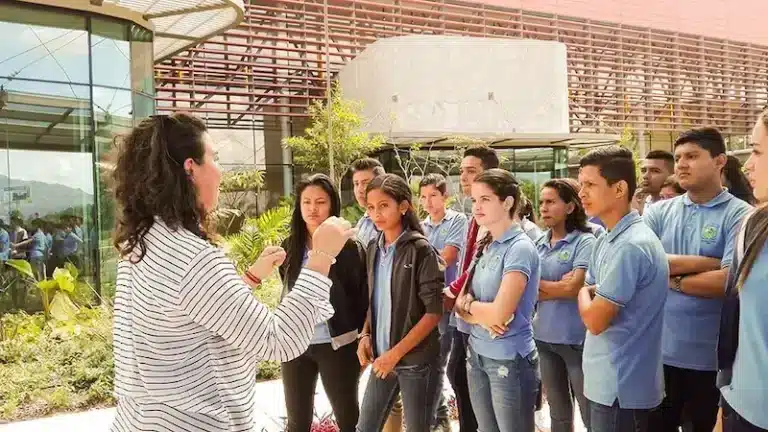Streaming has revolutionized the meetings industry by allowing events, conferences, and conventions to be accessible from anywhere in the world without physical travel. This technology has significantly reduced the carbon footprint associated with business travel, as it eliminates the need for airplanes, vehicles, and other fossil fuel-dependent transportation. In a world where sustainability and decarbonization are key priorities, streaming represents a fundamental tool for reducing the environmental impact of the events industry. However, while streaming eliminates certain sources of emissions, its use also entails considerable energy demand, originating from servers, data centers, and users’ devices. Therefore, adopting strategies that optimize sustainability and minimize environmental impact is crucial.
The main environmental challenge of streaming lies in the high energy consumption of data centers that process and transmit large volumes of information. These infrastructures require massive amounts of electricity both to operate and to maintain adequate temperatures through cooling systems. Additionally, the widespread use of electronic devices such as computers, tablets, and smartphones during streaming sessions implies additional energy demand. While reducing attendee transportation to in-person events represents significant progress in decarbonization, it is essential to ensure that the energy used for data transmission comes from renewable sources and that the devices used are energy-efficient.
Renewable energy fuels sustainable streaming; mindful practices amplify its impact.
To make streaming in conventions more sustainable, it is advisable to adopt strategies such as using low-energy devices, for example, laptops instead of high-power desktop computers. Another key action is encouraging attendees to turn off their cameras when not necessary, as real-time video transmission increases data usage and, consequently, electricity consumption in servers and networks. Moreover, storing and transmitting content on platforms that use efficient compression technologies and energy-efficient certified servers helps reduce environmental impact. In this regard, some technology companies have taken the initiative to optimize energy use in their streaming and video conferencing platforms.
Companies like Zoom and Microsoft Teams have optimized their data consumption and promoted the efficient use of virtual meetings by implementing algorithms that reduce bandwidth without affecting communication quality. Meanwhile, Google Meet and YouTube have made strides in sustainability by using servers powered by renewable energy, ensuring that video storage and transmission are more environmentally responsible. These strategies not only minimize the environmental impact of streaming but also serve as a model for other platforms to adopt more sustainable approaches in data management and technological infrastructure.
Beyond technology, meeting culture also plays a crucial role in reducing the environmental impact of streaming. Establishing rules for shorter and more efficient meetings helps decrease the usage time of video conferencing platforms, reducing energy consumption from servers and devices. Promoting asynchronous communication, such as using messages and emails instead of unnecessary video calls, can also significantly lower the demand for technological resources. Likewise, scheduling meetings during hours of lower energy demand on servers can help optimize energy consumption and avoid unnecessary electricity peaks in data centers. Combining these practices with the adoption of more sustainable technologies can generate a positive impact on reducing the carbon footprint of the meetings and conventions sector.
Decarbonization is not just about reducing emissions but also about optimizing digital energy use.
The Costa Rica Convention Center (CCCR) has adopted a strong sustainability approach through the CarbonClear Events By Heroica methodology, ensuring that 100% of its events maintain a strong commitment to decarbonization. Within this framework, using streaming as an alternative to in-person events aligns with emission reduction goals, provided that measures are implemented to mitigate the associated energy impact. Initiatives such as integrating renewable energy sources into the center’s infrastructure and promoting good digital practices among organizers and attendees can make a significant difference in the environmental footprint of streaming.
Streaming will continue to be a key tool for the meetings industry, enabling greater accessibility and reducing the need for physical travel. However, to ensure that its environmental impact is genuinely positive, it is essential to adopt technologies and strategies that optimize energy efficiency. From choosing more sustainable platforms to raising awareness about responsible use of devices and networks, every action contributes to building a greener events model. As the industry moves toward decarbonization, the combination of technological innovation and sustainability will be the key to a more environmentally responsible future.
Marlon Rodríguez
Systems Assistant





